How to Build an Eco Home
Self builders are an adventurous, determined bunch, so it’s no surprise that they’ve long been at the vanguard when it comes to adopting green measures into their homes.
Building a new house gives you the perfect opportunity to not only put your own stamp onto the place you live, but also to insulate yourself against spiralling energy bills. In doing so, you’ll enjoy a comfortable, tailor-made home with low running costs.
So what’s involved in building a sustainable eco home?
Key considerations
A ‘fabric first’ approach is the best approach to creating an eco home. That means prioritising elements such as insulation and air tightness in order to deliver a structure that won’t leak heat.
Read more: Cedar-Clad Eco-Friendly Self Build
Once you have a suitably efficient building fabric in place, you can begin to look renewable energy sources, such as heat pumps and solar technology. There’s no point in specifying these systems in a house that’s not up to standard as you won’t be able to maximise their potential (you may even end up paying more to run them than you would for conventional alternatives).
So what are key areas to focus on when planning an eco home?
Insulation
Put simply, the more insulation you can incorporate into the major structural elements of your home (such as the walls, roof and floor), the more heat it will retain and the more efficient it will be in use.
Air tightness
Fewer gaps in your home’s structural envelope mean less heat lost to the outside world. Prefabricated systems, such as closed panel timber frame and structural insulated panels, tend to offer good air tightness off the shelf. With others, such as brick and block, high-quality workmanship on site is essential.
Thermal mass
Materials such as brick and concrete can absorb warmth from the sun’s rays during the day and release it into the home as external temperatures drop – helping to maintain a comfortable internal environment. Used correctly, this thermal store can help to reduce energy consumption.
Natural light
Maximising the amount of natural light in your home – through good use of windows, rooflights, sun pipes, etc – will help to reduce your need for artificial lighting. However, glazing is much less insulating than conventional walling, so your house designer will need to strike the right balance.
Sustainable materials
There are various ways to ensure the products and materials you use are as green as possible. One option is to source locally, for example, while another is to consider natural products, such as sheep’s wool insulation. If you’re buying wood, always look for proof that it’s been sustainably sourced, for instance through FSC or PEFC certification.
Structural systems for eco homes
All construction systems can be adapted to meet good levels of energy efficiency, but some lend themselves more immediately to hitting the highest standards.
Closed panel timber frame and structural insulated panels (SIPs) are two popular options, offering a straightforward route to a well-insulated, highly airtight structure. That’s largely thanks to their large degree of prefabrication, which minimises the potential for human error on site. Find out more about timber frame.
One of the advantages of SIPs is that the system involves a continuous layer of insulation, with no breaks for studwork. That makes for extremely low levels of thermal bridging (where internal warmth can find a path to escape to the exterior). Find out more about SIPs.
Read more: Striking Energy Efficient Self Build
If you’re looking for a masonry solution, insulating concrete formwork could be worth a try. This involves using expanded or extruded polystyrene blocks as the formwork for a structural concrete pour.
This formwork stays in place after the build, providing a continuous layer of high-quality insulation. Find out more about ICF.
Need more advice about different aspects of your project?Build It’s Self Build Virtual Training will give you the detailed know-how to successfully realise your dream home. Our interactive courses are presented by Build It’s expert contributors and designed to give you the key nuggets of knowledge you need – all from the comfort of your own home. Covering everything from finding land to planning permission and design, our courses take place online and allow for audience participation and experience sharing. Use the code TWENTY for 20% off. |
That’s not to rule out an old favourite, brick and block. Masonry walls can now be built with ultra-wide cavities to accept plenty of insulation, and they offer the benefit of plenty of thermal mass. Find out more about brick and block.
A variety of other systems have been developed with energy efficiency and sustainability in mind. These include modern methods, such as externally-insulated solid walls, as well as traditional or natural options, such as straw bale building.
Renewable technology
Eco-minded self builders and renovators have led the way in terms of adopted renewable technologies, and their efforts could help you pick the right options for your home.
Among the most popular technologies are solar photovoltaic panels, solar thermal panels, biomass boilers and stoves, and ground-source or air-source heat pumps. Other options include rainwater harvesting systems and boilers that generate electricity as a by-product of their heating cycles.
Find out more about renewable energy sources
Looking for an indicative cost for your self build ? The Build It Benchmark Report uses award-winning HBXL software for a quick and cost-effective way of pricing up your project.
If you are looking for a broad outline of your overall build costs before you decide which route to take, why not send us your plans and request a Benchmark Report? Find out more here |
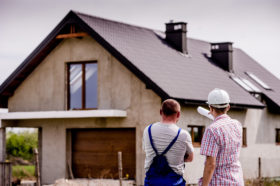
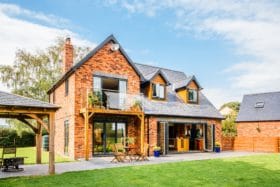
































































































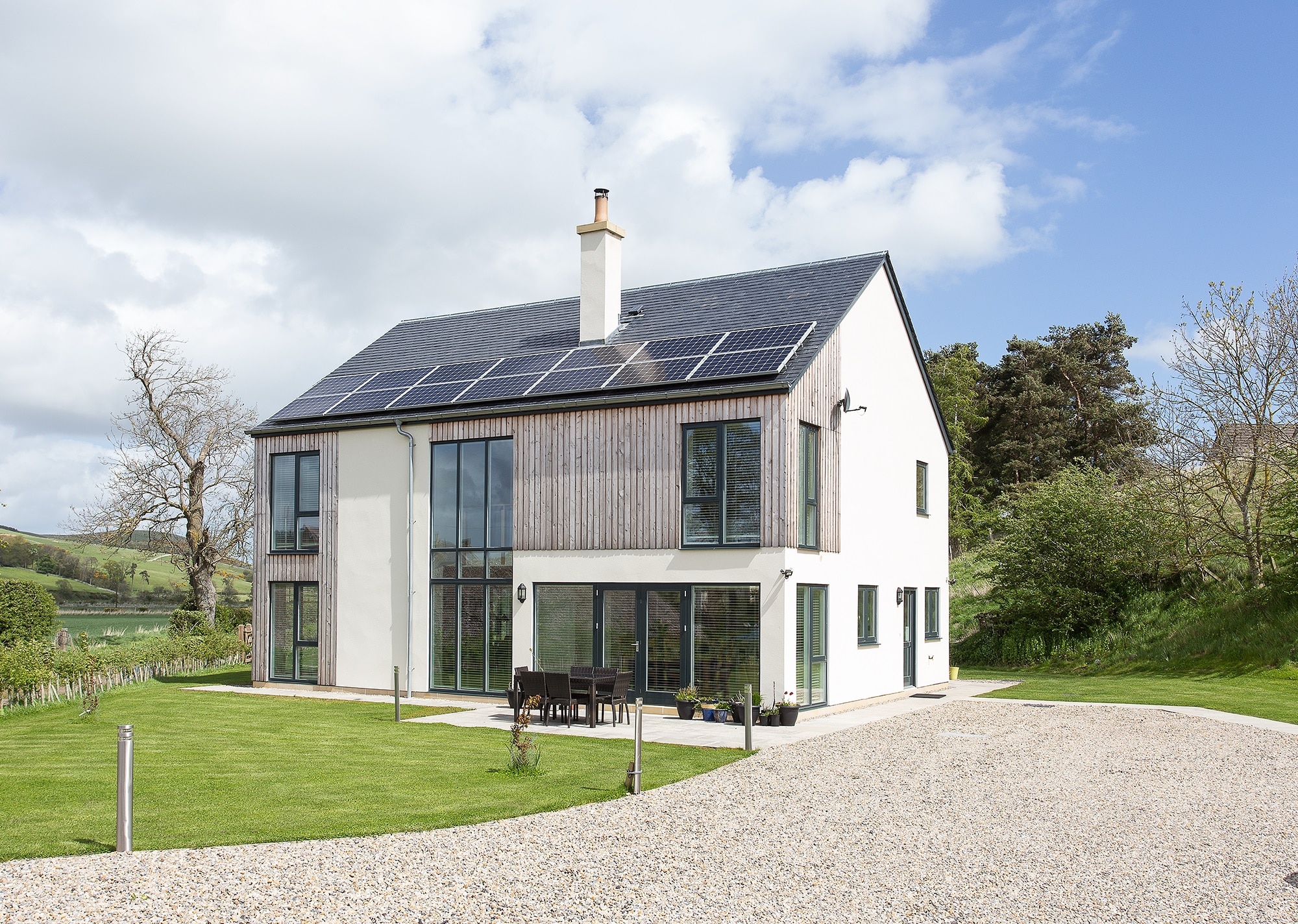
 Login/register to save Article for later
Login/register to save Article for later




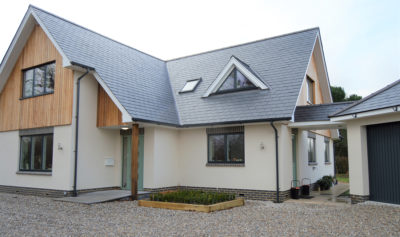
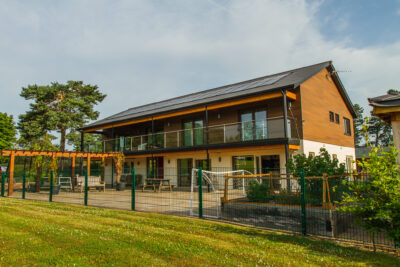
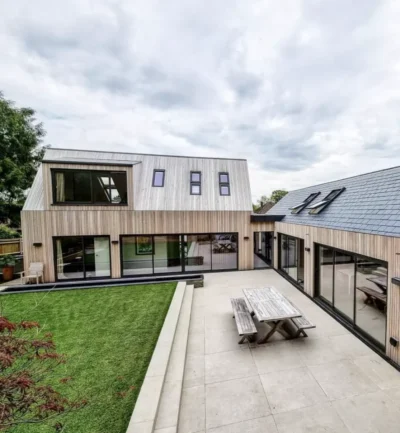
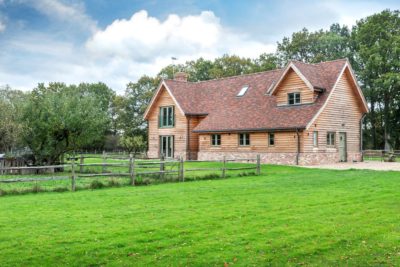





Comments are closed.